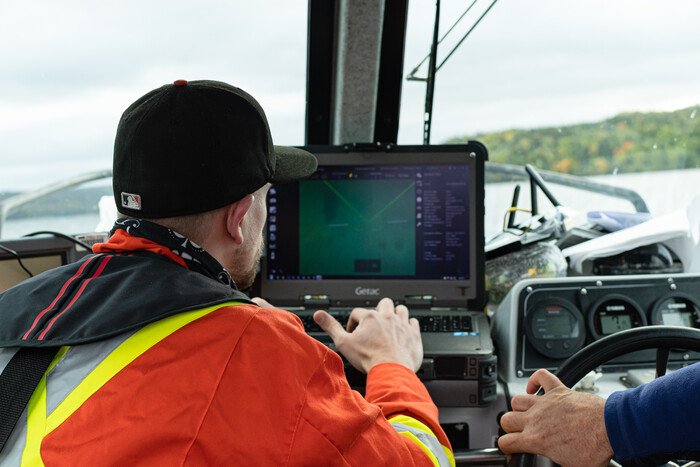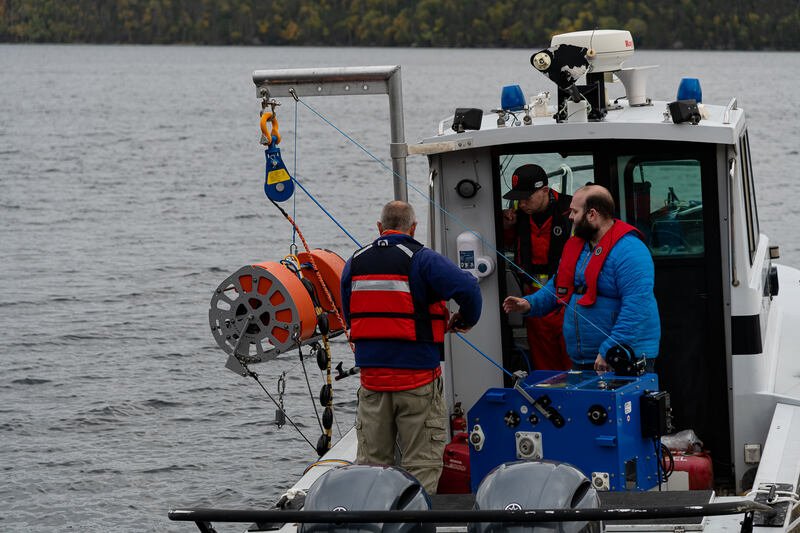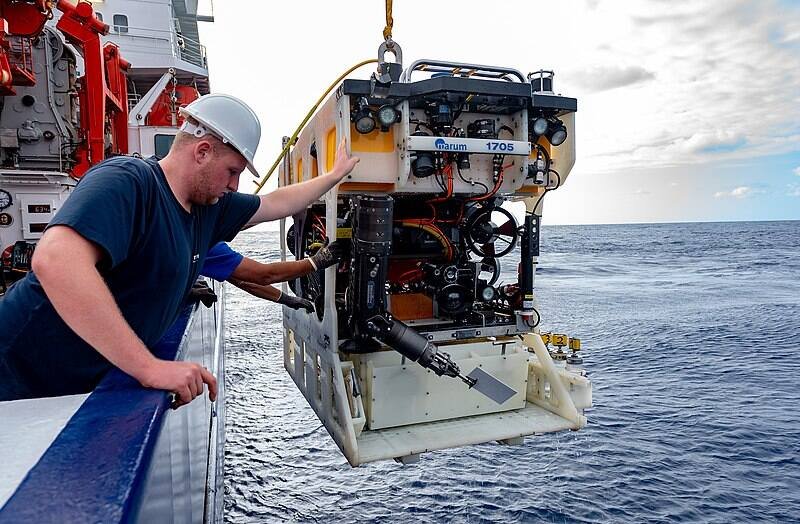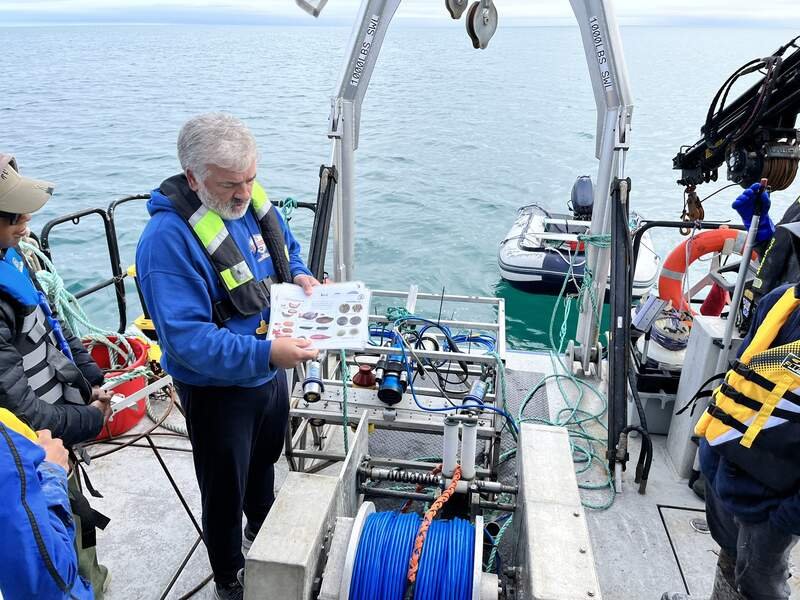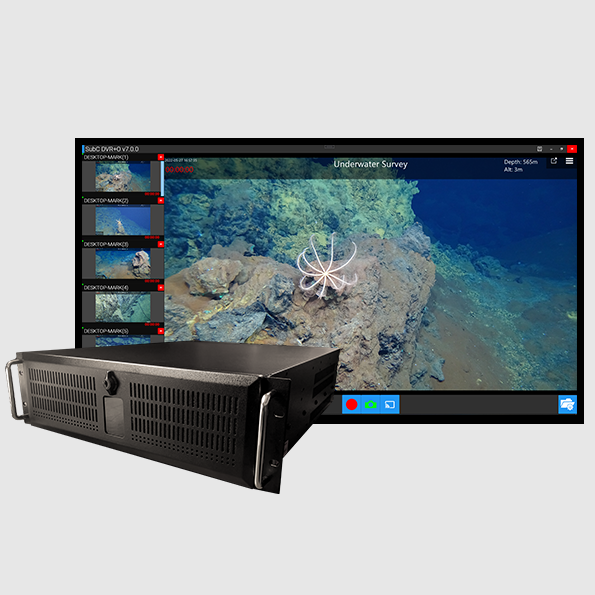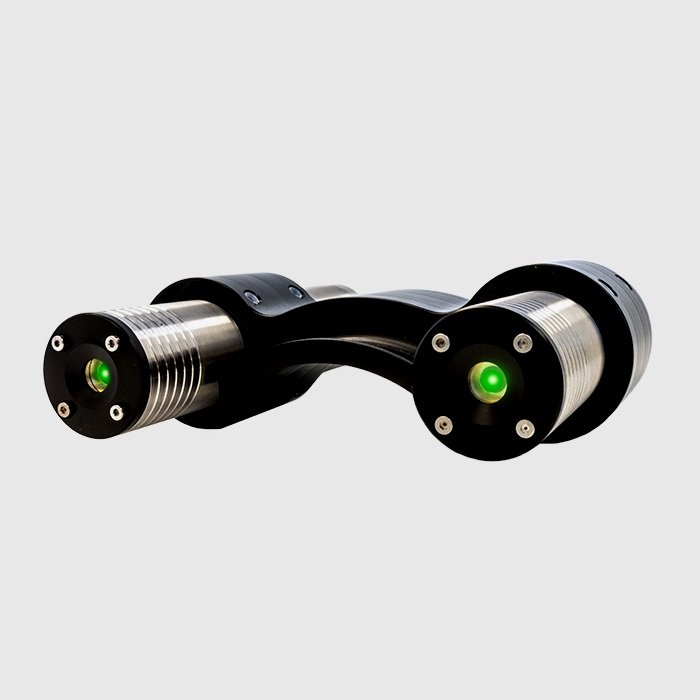Tips for Conducting a Successful Subsea Video Survey
Subsea video surveys are critical for underwater inspections, maintenance, and research. These surveys help marine professionals assess underwater assets, inspect subsea infrastructure, and gather vital data about the underwater environment. With technological advancements, subsea video systems have become more efficient and cost-effective. In this article, we’ll review tips on how to conduct a successful subsea video survey and highlight some of the main equipment you’ll need.
How are Underwater Surveys Carried Out?
Underwater surveys involve deploying a remotely operated vehicle (ROV) or an autonomous underwater vehicle (AUV) equipped with a subsea video camera. ROVs are tethered to the surface vessel and are controlled by a pilot onboard the vessel. AUVs, on the other hand, operate autonomously and are pre-programmed to follow a set path underwater. Both ROVs and AUVs are equipped with subsea video cameras that capture footage of the underwater environment.
Before deploying an ROV or AUV, it is essential to identify the survey area and assess the underwater conditions. The survey area should be free of debris, and the underwater conditions should be safe for the deployment of the ROV or AUV. It is also crucial to ensure that the subsea video system is in good working condition before deploying it underwater.
Once the survey area has been identified, the ROV or AUV is deployed underwater, and the subsea video camera is activated. The pilot or the pre-programmed system controls the ROV or AUV's movement, and the subsea video camera captures footage of the underwater environment. The video footage is then transmitted to the surface vessel, where it is analyzed and used to make critical decisions.
Towed or dropped camera systems can also be used for subsea surveys. These systems are often used to collect data over large areas of the seabed quickly and efficiently.
Towed camera systems are typically used to cover large areas of the seabed and are often mounted on a cable or towed sled. These systems are generally used in shallow waters and can be deployed from a small boat. The cameras are often equipped with lights, lasers, and a DVR to capture high-quality video footage. Towed camera systems are commonly used in environmental surveys, habitat mapping, and site investigations.
Dropped camera systems, on the other hand, are typically used in deeper waters and are deployed from a ship. These cameras are dropped to the seafloor and can capture video footage and still images of the seabed. Dropped camera systems are often equipped with lights and acoustic sensors to provide additional data on the underwater environment. These systems are commonly used in geological surveys, pipeline inspections, and environmental studies.
Both towed and dropped camera systems are useful in subsea surveys, and their use depends on the specific survey objectives, water depth, and conditions. They can provide valuable information on the underwater environment and help in the decision-making process for different industries such as offshore energy, marine research, and fisheries.
Why do Different Industries Need Subsea Video Surveys?
Subsea surveys are important in various industries, including offshore energy, renewable energy, marine research, and fisheries.
海洋エネルギー
The offshore energy industry, which includes oil and gas exploration and production, relies heavily on subsea surveys. Subsea surveys help in the inspection, maintenance, and repair of offshore structures, pipelines, and other subsea infrastructure. These surveys help identify potential problems and prevent equipment failure, which could lead to environmental disasters and costly downtime.
Subsea surveys also help in the exploration and development of new offshore oil and gas fields. Seismic surveys, which involve the use of underwater sound waves, are used to map the subsea geology and identify potential oil and gas reserves.
Photo credit: Bureau of Safety and Environmental Enforcement BSEE.
Photo credit: Boutwell/BOEM.
Renewable Energy
The renewable energy industry, which includes offshore wind and wave energy, also relies on subsea surveys. Subsea surveys help in the planning and installation of offshore wind turbines and wave energy devices. These surveys help identify the most suitable locations for the devices and assess the seabed's condition.
Subsea surveys also help in the maintenance and inspection of offshore renewable energy infrastructure. These surveys help identify potential problems, such as corrosion and biofouling, and prevent equipment failure, which could lead to costly downtime.
Marine Research
Marine research involves studying the ocean and its inhabitants to understand their behavior and ecosystems better. Subsea surveys are critical in marine research as they help in the collection of data on marine life, habitats, and the underwater environment.
Subsea surveys are used to study coral reefs, deep-sea ecosystems, and marine species, such as whales and sharks. These surveys help in the identification and monitoring of marine biodiversity and the impacts of human activities on the marine environment.
Photo credit: RV Callista, University of Southampton.
Photo credit: Fisheries Inspection Vessel Shoyo Maru.
Fisheries
The fisheries industry relies on subsea surveys to assess fish stocks and monitor fishing activities. Subsea surveys help in the identification of fish species, their abundance, and distribution. These surveys help fisheries managers make informed decisions on fishing quotas and regulations to ensure sustainable fishing practices.
Subsea surveys also help in the monitoring of fishing activities to prevent illegal, unreported, and unregulated fishing. These surveys help in the identification of fishing vessels and their activities, ensuring compliance with fishing regulations and reducing the impact of fishing on the marine environment.
What is the Main Equipment Needed to Carry Out a Subsea Video Survey?
Subsea surveys require specialized equipment to capture high-quality video footage and collect data on the underwater environment. The following are some of the equipment needed for subsea surveys:
Remotely Operated Vehicles (ROVs)
ROVs are underwater robots that are tethered to the surface vessel and controlled by a pilot onboard the vessel. ROVs come in different sizes, shapes, and capabilities. They are equipped with cameras, sensors, manipulators, and other tools that enable them to carry out various tasks underwater.
When selecting an ROV for a subsea video survey, it is essential to consider the size and depth of the survey area. Larger ROVs are suitable for deep-sea operations, while smaller ROVs are ideal for shallow waters. It is also crucial to consider the ROV's capabilities, including its maneuverability, power, and payload capacity.
Photo credit: MARUM − Center for Marine Environmental Sciences; University of Bremen; V. Diekamp.
Photo credit: MARUM − Center for Marine Environmental Sciences; University of Bremen; V. Diekamp
Autonomous Underwater Vehicles (AUVs)
AUVs are unmanned underwater vehicles that operate autonomously without the need for a tether. AUVs are pre-programmed to follow a set path underwater and equipped with sensors, cameras, and other instruments to gather data about the underwater environment.
AUVs are ideal for conducting subsea video surveys in areas that are difficult to access, such as deep-sea environments. AUVs are also more cost-effective than ROVs since they do not require a surface vessel and crew to operate.
Tow or Drop Camera System
When choosing a tow or drop camera system for subsea surveys, there are a few important factors to consider. Firstly, it's important to choose a camera system that is suitable for the water depth and conditions in which it will be used. Secondly, the camera system should be equipped with the necessary features such as lights, lasers, and acoustic sensors to capture high-quality video footage and data. Thirdly, the camera system should be easy to deploy and retrieve and should have a long battery life to allow for extended survey periods. Finally, it's important to choose a camera system that is reliable and has a good track record of performance in subsea surveys. Doing thorough research and consulting with experts in the field can help ensure that you choose the right tow or drop camera system for your specific survey needs. Learn more about SubC’s Tow Camera System.
Photo credit: Philip Walsh, Marine Institute
Subsea Cameras
Subsea cameras are essential in subsea surveys as they allow for the capture of high-quality video footage of the underwater environment. These cameras are available in different configurations, including remotely operated vehicles (ROV) cameras, towed cameras, and autonomous underwater vehicles (AUV) cameras. Subsea cameras are often equipped with 4k subsea video systems, which allow for high-resolution video footage.
Digital Video Recorders (DVR)
Digital video recorders (DVR) are used to record and store the video footage captured by subsea cameras. These recorders are available in different configurations, including standalone or portable units. There are also software-only DVR options that eliminate the need for costly hardware that takes up space.
Subsea Lights
Subea lights are used to provide illumination in low-light conditions and improve the quality of the video footage captured by subsea cameras. These lights are available in different configurations, including LED lights, halogen lights, and metal halide lights. LED lights are commonly used in subsea surveys due to their low power consumption and long lifespan.
Subsea Lasers
Subsea lasers are used to provide distance measurements and 3D mapping of the underwater environment. These lasers emit a narrow beam of light, which can be used to measure distances between objects and create a 3D map of the underwater environment. Subsea lasers are often mounted on ROVs and AUVs and can be used in conjunction with subsea cameras to create accurate maps of subsea infrastructure.
Sensors
Sensors are used to collect data on the underwater environment, including water temperature, pressure, and sound waves. These sensors are often mounted on ROVs and AUVs and can be used in conjunction with subsea cameras and lasers to collect comprehensive data on the underwater environment.
Tips for Conducting a Subsea Video Survey
Use the right equipment
Using the right equipment is critical in conducting successful subsea surveys. Different industries may require different equipment depending on the type of survey they are conducting. For example, offshore energy and renewable energy industries may require remotely operated vehicles (ROVs) and autonomous underwater vehicles (AUVs) equipped with 4k subsea video systems and ROV video cameras to inspect and maintain subsea infrastructure. Marine research and fisheries may require specialized equipment, such as underwater acoustic sensors, to collect data on marine life and the underwater environment. In addition, towed or dropped camera systems can also be used in subsea surveys to cover large areas of the seabed quickly and efficiently, providing valuable information on the underwater environment.
Plan and prepare
Planning and preparing for a subsea survey are essential in ensuring its success. Before conducting the survey, industries should identify the objectives of the survey and the equipment and personnel required. They should also identify potential hazards and risks and develop contingency plans in case of emergencies. Proper planning and preparation can help save time and reduce the risk of accidents.
Ensure safety
Safety is paramount in subsea surveys. All personnel involved in the survey should be trained and qualified to operate the equipment and follow safety protocols. They should also ensure that the equipment is maintained and tested regularly to reduce the risk of equipment failure. Additionally, industries should ensure that the survey area is safe for personnel and equipment.
Monitor environmental conditions
Environmental conditions, such as currents, tides, and weather, can affect subsea surveys. Conditions should be monitored to ensure that the survey is conducted under safe and optimal conditions. For example, in the offshore energy industry, strong currents can affect ROV operations, and high seas can affect vessel operations.
Analyze data
Analyzing data collected during subsea surveys is essential in achieving the survey objectives. Specialized software can be used to analyze the data collected and interpret the results. This can help in identifying potential problems and making informed decisions.
Conclusion
In conclusion, conducting a successful subsea video survey requires careful planning, proper equipment, and an understanding of the underwater environment. Subsea surveys are essential for industries such as offshore energy, renewable energy, marine research, and fisheries. Different subsea video systems such as ROVs, AUVs, towed, and dropped camera systems can be used depending on the survey objectives and underwater conditions. Specialized equipment such as subsea video cameras, lights, and acoustic sensors are needed to capture high-quality footage and collect data. Overall, subsea video surveys are crucial in maintaining and preserving the marine environment while ensuring safe and efficient operations in various industries.

